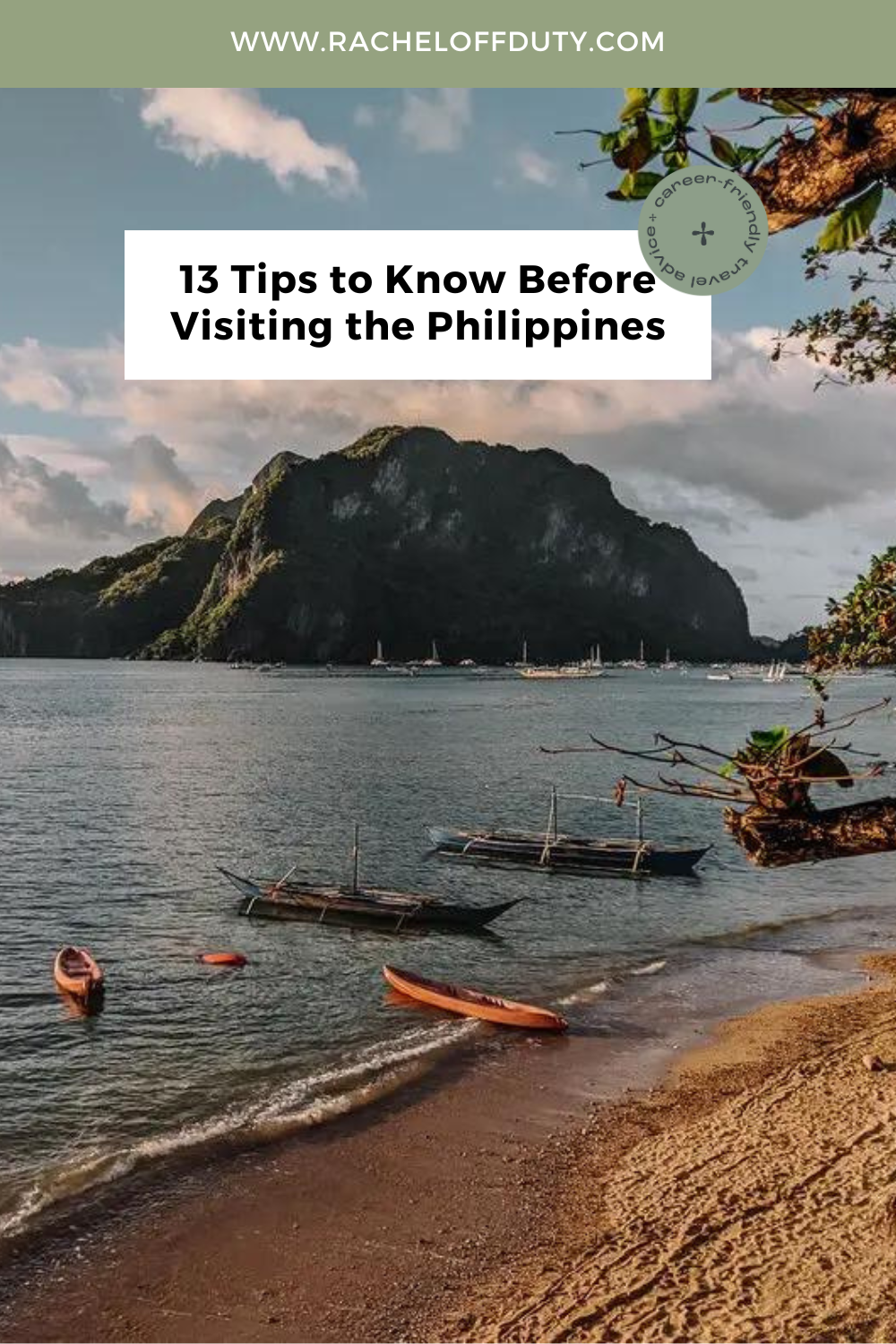
Some articles on Rachel Off Duty may contain affiliate links. Read more about this in our Privacy Policy.
The Philippines is such a special place. Of course, I am biased due to being part Filipina. But after traveling here nearly a dozen times, I really do believe that the Philippines has so much to offer for travelers, from pristine beaches, to jungles and waterfalls, to some of the biggest malls and shopping centers you’ll ever see.
In order to best prepare for your trip to the Philippines, there are a few things you should know about the country’s culture, customs, and logistics.
Read on for 13 tips you should know before your first time visiting the Philippines!
RELATED: 7 Simple Ways to Ease into Solo Travel If It’s Your First Time
13 Tips to Know Before Visiting the Philippines
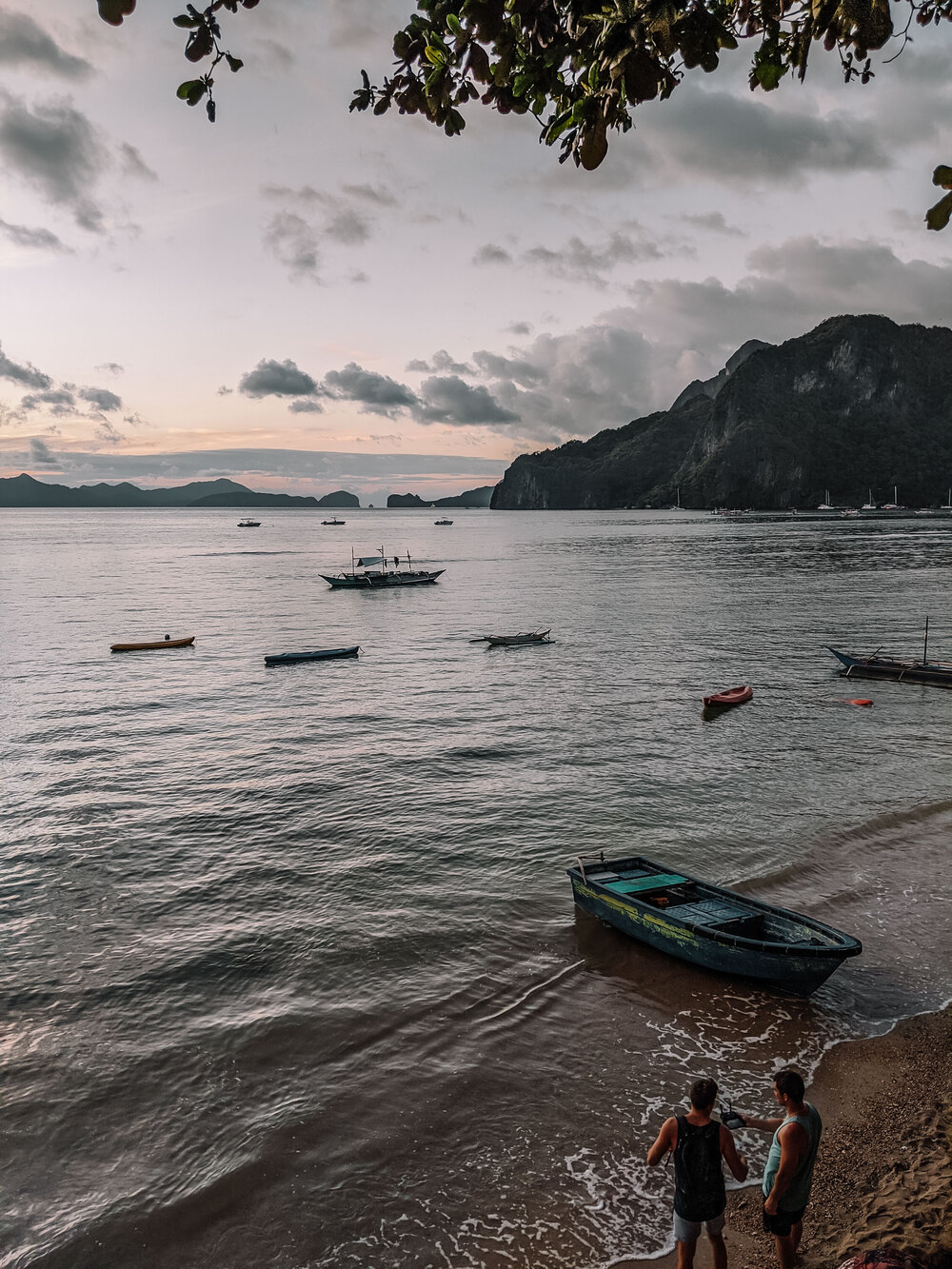
1. Languages Spoken in the Philippines
Believe it or not, there are more than 100 languages spoken in the Philippines! But, the two official languages used for communication are Filipino (a standardized version of Tagalog) and English. In fact, I’d argue that many Filipinos speak some of the best English in all of Asia.
While there is a wide variety of native languages spoken across this massive country, Tagalog, Cebuano, Ilocano, and Hiligaynon are the most pervasive.
You should not have any issue navigating your entire trip in English, but it’s never a bad idea to learn some conversational phrases in Tagalog:
-
Hello: Kumusta
-
Good Morning: Magandang Umaga
-
Good Afternoon: Magandang Hapon
-
Good Evening: Magandang Gabi
-
Welcome: Mabuhay (literally ‘live!’ or ‘long live!’ but commonly used as a greeting in the Philippines)
-
Thank You: Salamat
-
Yes: Oo
-
No: Hindi
-
How Much: Magkano?
-
I Do Not Understand: Hindi ko maintindihan
-
Bathroom: C.R. (this is not Tagalog. It stands for ‘comfort room,’ and you will notice that many bathroom signs will say ‘CR’ while you’re in the Philippines!)
In the Filipino language, it is very common to add ‘po’ to the end of sentences and phrases when speaking to someone older, or when simply speaking with respect, to add a layer of formality. So, if you were to say ‘salamat po’ you’d be saying ‘thank you’ respectfully. You may hear this spoken to you as well, as a visitor to the country.
2. Currency in the Philippines
The Philippines uses the Philippine peso (P, or PHP). $1 US dollar is roughly the equivalent of 50 PHP.
Unless you’re in a bigger city, it’s more reliable to count on cash than credit card. Many hostels, tours, and modes of transportation will be cash-only. In addition, working ATMs are a bit of a challenge (especially in more remote places throughout the country). Some places won’t even have ATMs to begin with. So, plan ahead and take out cash before your trip, at the airport, or before you leave the city you arrived in (usually Manila, Cebu, Iloilo, or Davao).
3. Weather in the Philippines
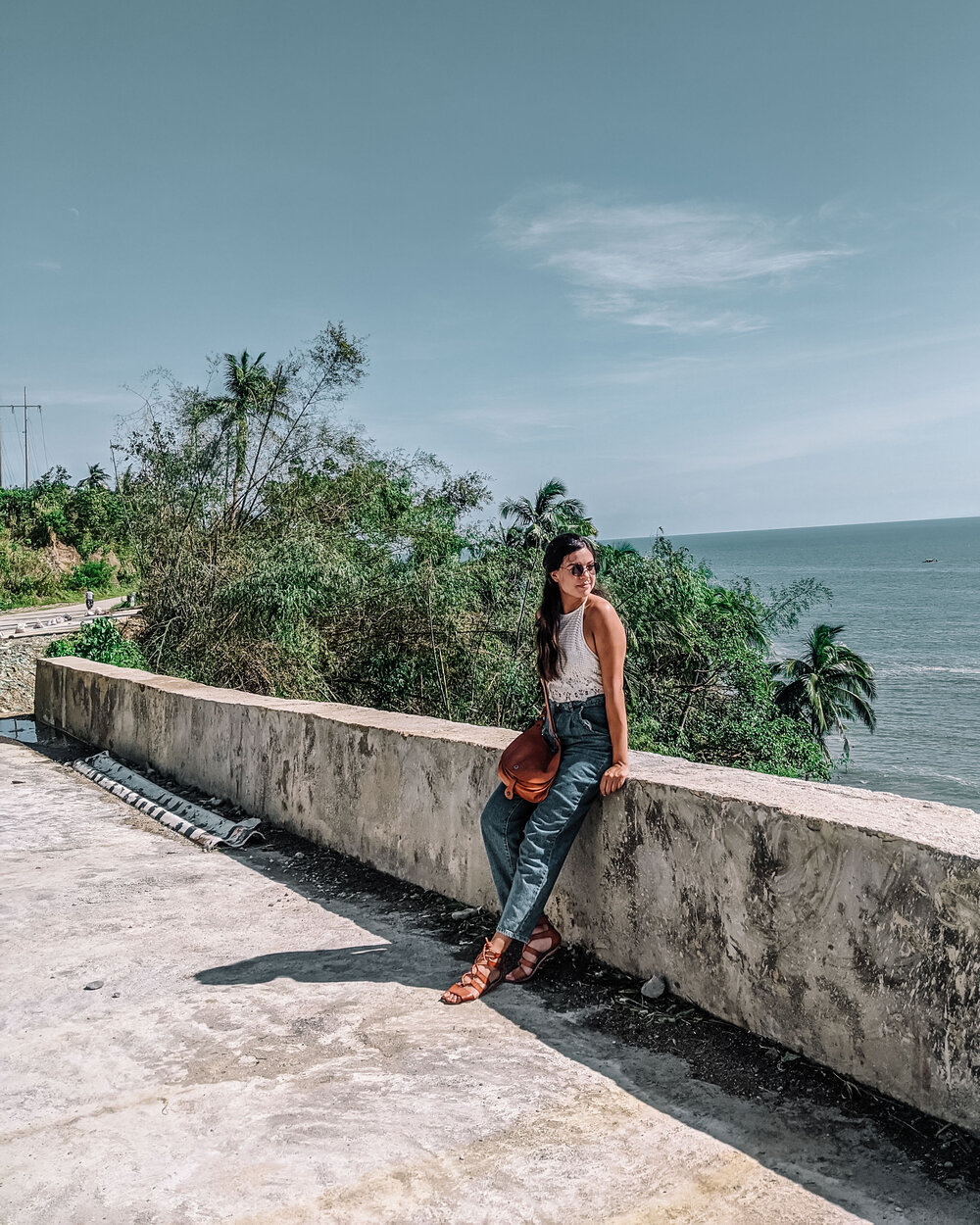
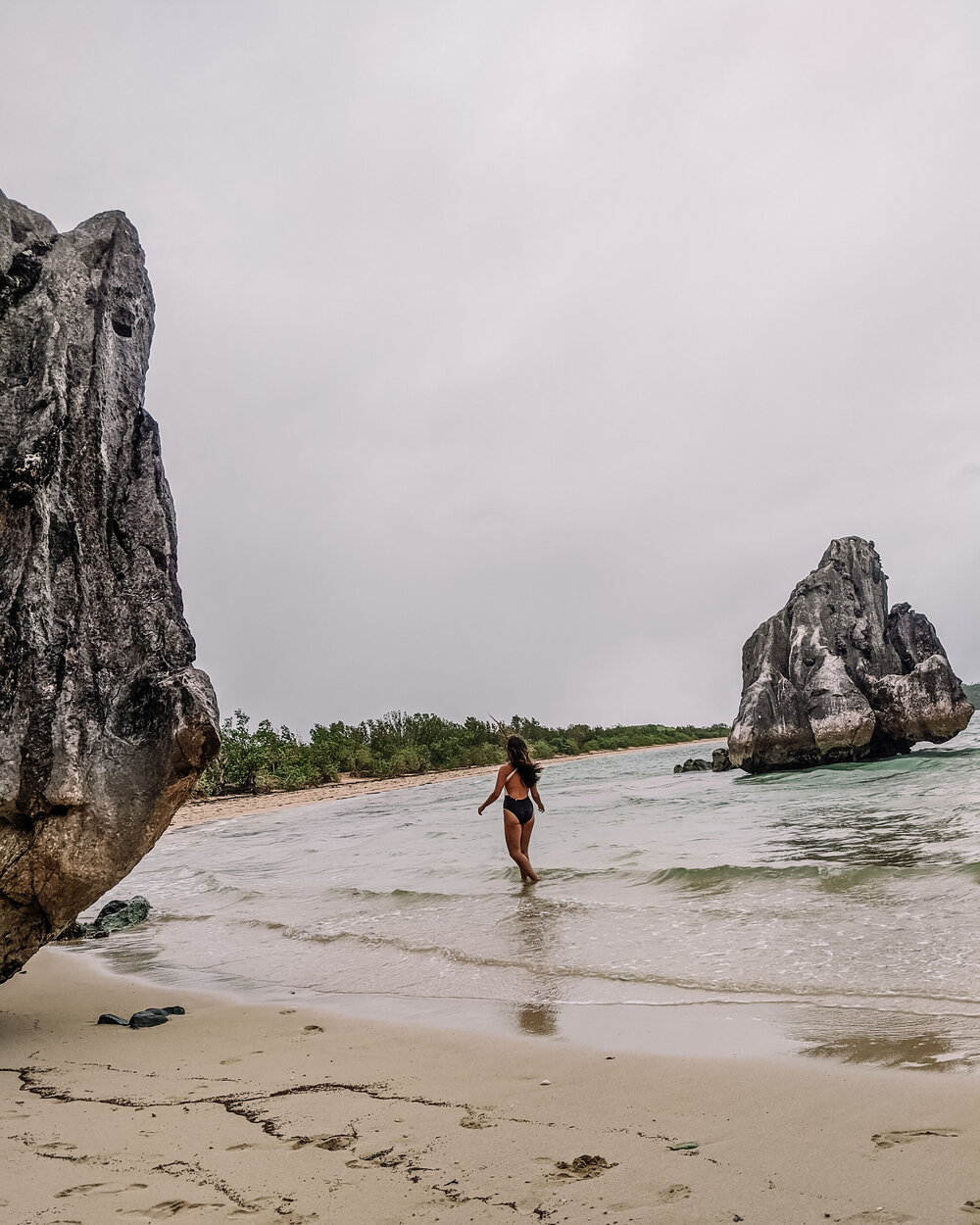
Like all Southeast Asian countries, the Philippines boasts tropical heat and humidity. It’s close to the equator, and it’s also on the Pacific Ring of Fire, which makes the country relatively prone to earthquakes and typhoons. The wet season in the Philippines is from June to October, and the dry season is from October to May. In my opinion, the best time to visit the Philippines is between November and February!
Because of its geographic location, you might be subject to both really good and really bad weather, regardless of the time of year. It’s best to be prepared for anything and keep a flexible, positive attitude if bad weather interrupts your plans while traveling in the Philippines.
That said, despite bouts of bad weather, Filipinos are generally very optimistic, positive people. You might witness firsthand how resilient Filipinos are if you’re in the country during a storm, as people usually resume ‘business as usual’ right away, despite any damage that may have been caused by an earthquake or passing typhoon (I certainly experienced this resilience myself when I was in the Philippines for Typhoon Tisoy in 2019).
4. Religions in the Philippines
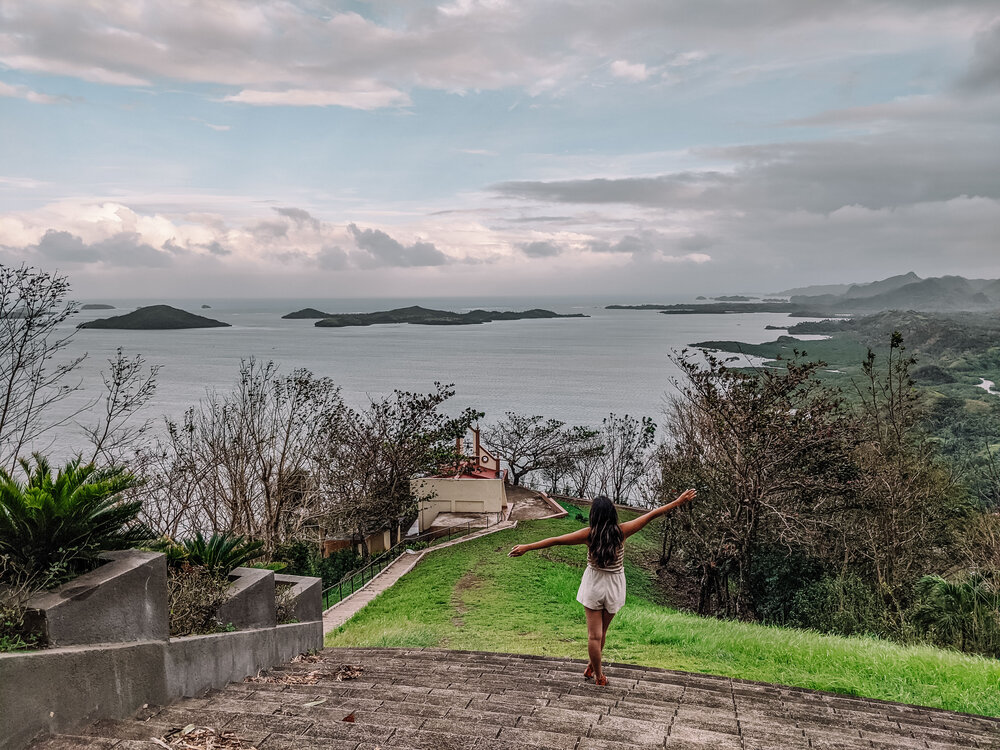
The vast majority of Filipinos identify as Christian (90%+). Catholicism was introduced to the country during the Spanish colonial era from the 16th – 19th centuries, and has been an important part of Filipino culture ever since.
You will notice many towns and cities in the Philippines are named after saints, and every town hosts events (essentially big festivals, known as fiestas) throughout the year to express gratitude to patron saints. If you happen to be in town for a fiesta, do not miss it!
The Philippines is also a great place to travel during the months leading up to the holidays. Christmas is such an important time of year here, that you may even see Christmas decorations or music begin popping up as early as September. In the Philippines, Christmas Eve is the biggest event, and FIlipinos will head to Christmas Eve mass and have a giant feast at midnight, called Noche Buena.
RELATED: Where to Stay in El Nido – Outpost Beach Hostel
5. Culture and Etiquette to Know Ahead of Time
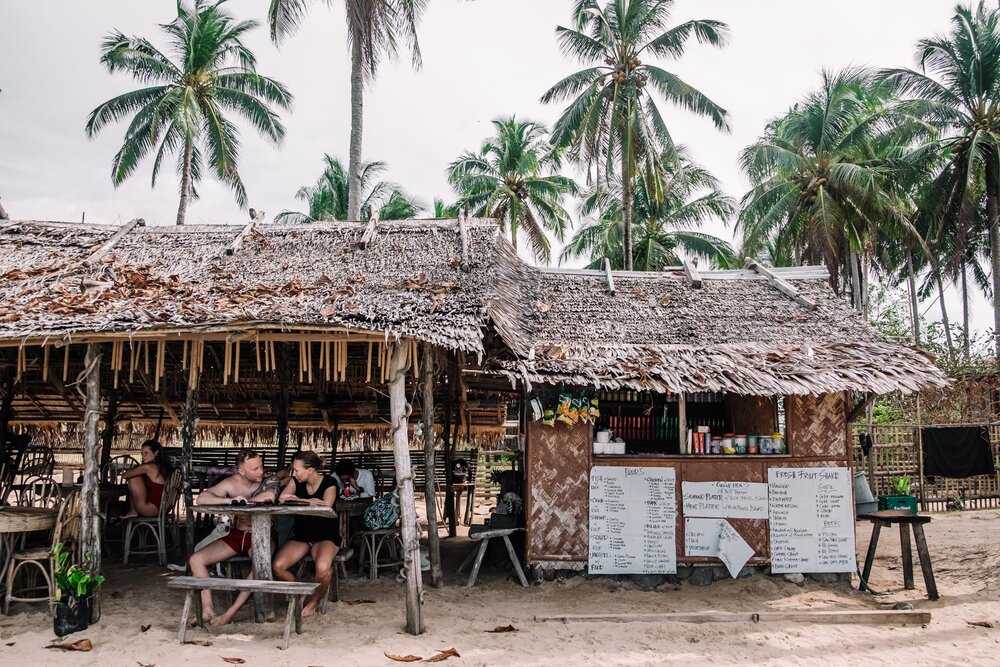
The Philippines is generally considered to have lots of similarities with other cultures, especially when it comes to the prevalence of English language, making it one of the easiest Southeast Asian countries to feel at home in. However, there are deeper layers of nuance to Filipino customs you might pick up on while you’re here!
Social hierarchy is a big deal in the Philippines, for example. You’ll recognize this most commonly through the way Filipinos speak. If you are speaking to someone older, but within the same generation as you, it’s traditional to say kuya (for boys) or ate (for girls) before addressing his or her name. So, to my younger cousins in the Philippines, I am called ate Rachel, for example! If you are addressing strangers, or elders, it’s best to speak politely, and the easiest way to do this is by adding ‘po’ to the end of phrases and sentences, like I mentioned earlier. You can even accomplish this through some simple Taglish (Tagalog + English) – a ‘thank you po’ will go a long way in showing respect!
When it comes to greeting elders, you will also see Filipinos demonstrate mano (or mano po), which is a custom of asking for an elder’s hand and bowing to bring your forehead to touch the back of the hand. It is simply a sign of honor, and a way of both saying hello and requesting a blessing from those more senior than you.
In the Philippines, like many Southeast Asian countries, the idea of community and collectivism is prevalent. Filipinos are warm, friendly, enormously hospitable, and talkative, but they also generally do what they can to avoid confrontation. That said, Filipinos can sometimes be quite direct – don’t be surprised if you are asked a question about your weight or about your marital status. I can’t tell you how many times my lola (grandma) comments on my ‘overly muscular legs’ (I think I have pretty regular legs, okay!). It’s not meant to be offensive, it’s meant to spark conversation, and usually stems from genuine, unabashed curiosity. I will say though, this still always catches me by surprise!
Last but not least, you should know that Filipinos love to have a good time and gather with friends and family. You’ll often find gatherings to have lots of food and lots of singing. Karaoke is a staple of Filipino get-togethers! If you don’t know any locals, heading to a karaoke bar should be high on your to-do list to get a real taste of this part of Filipino culture.
6. What to Wear in the Philippines
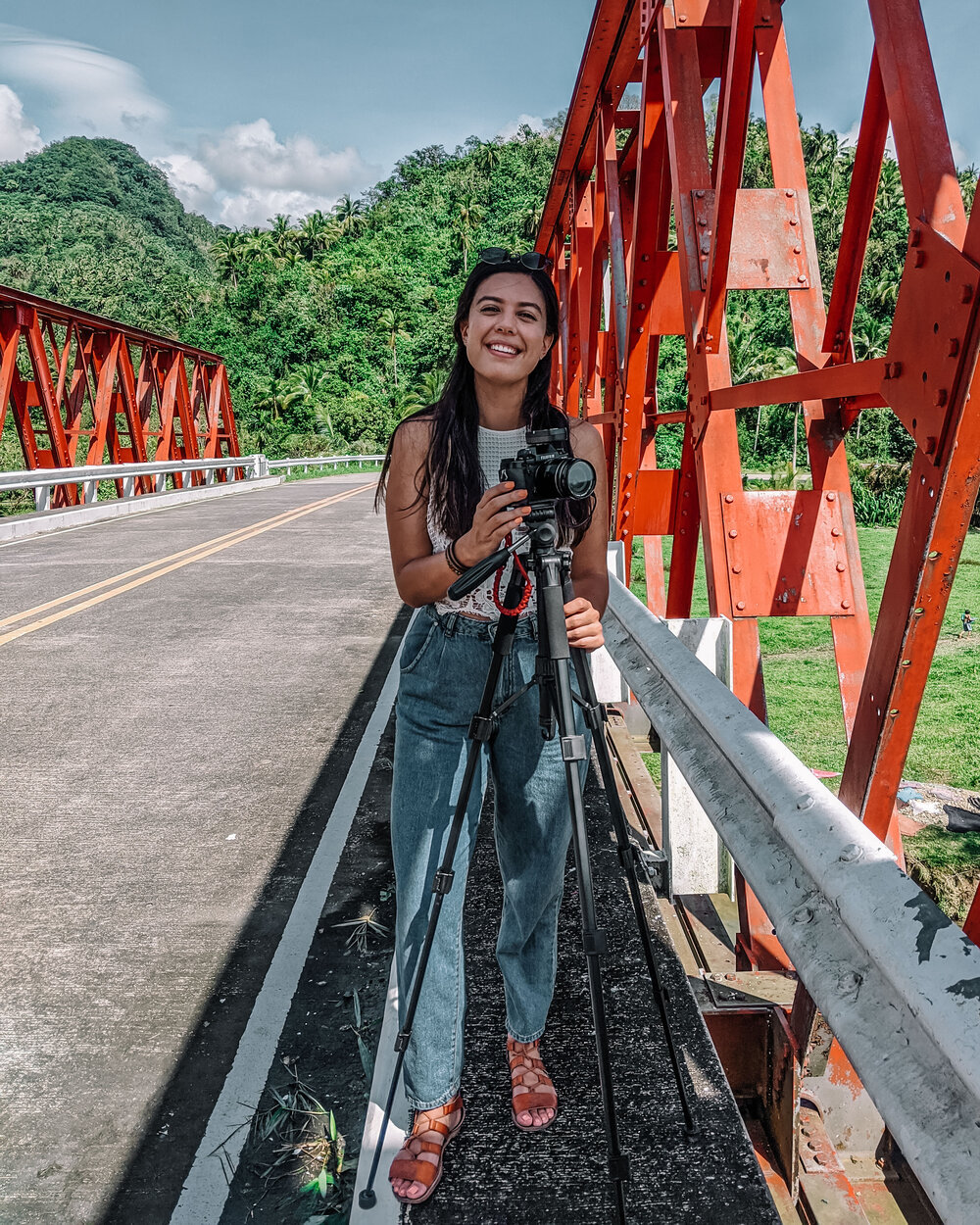
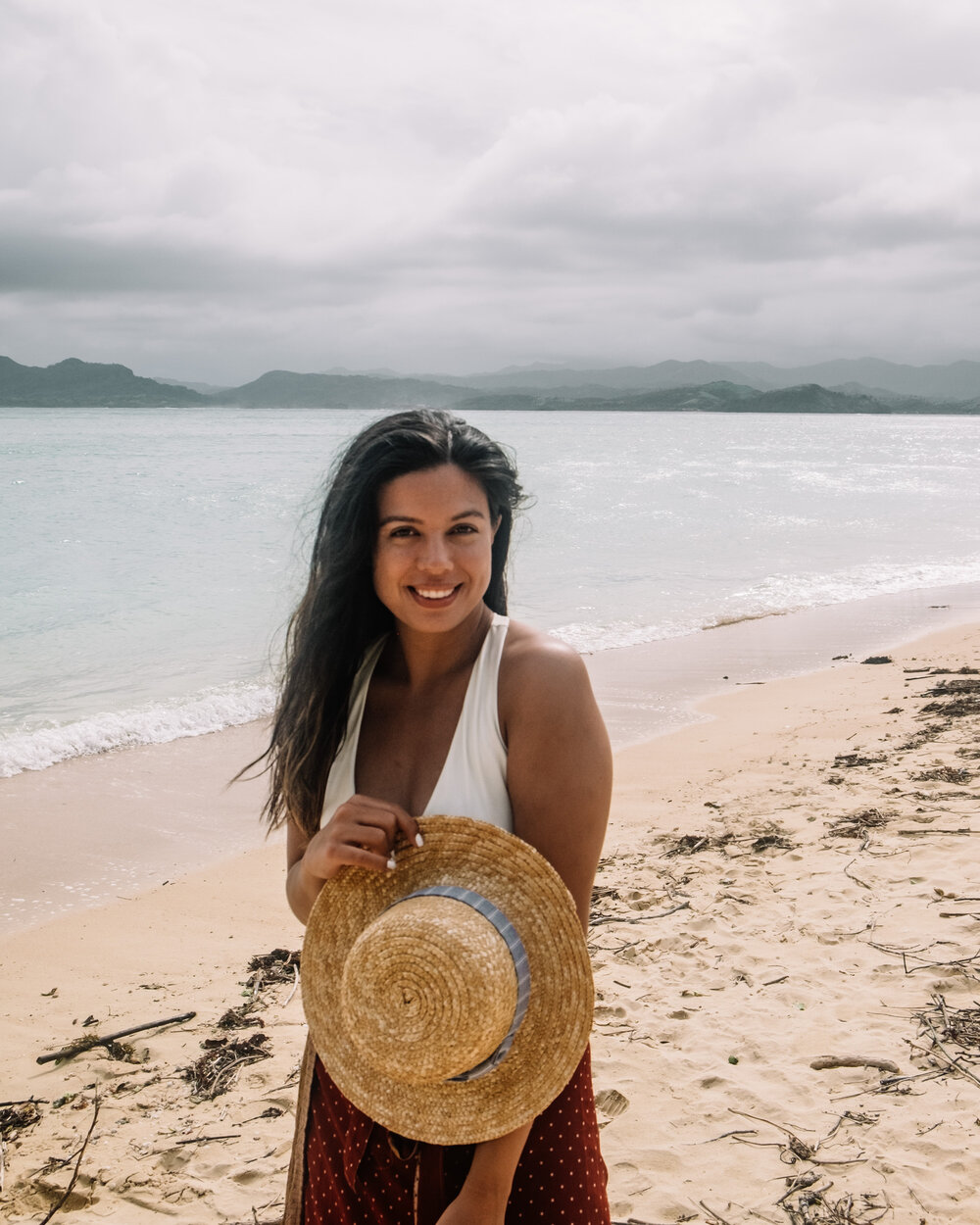
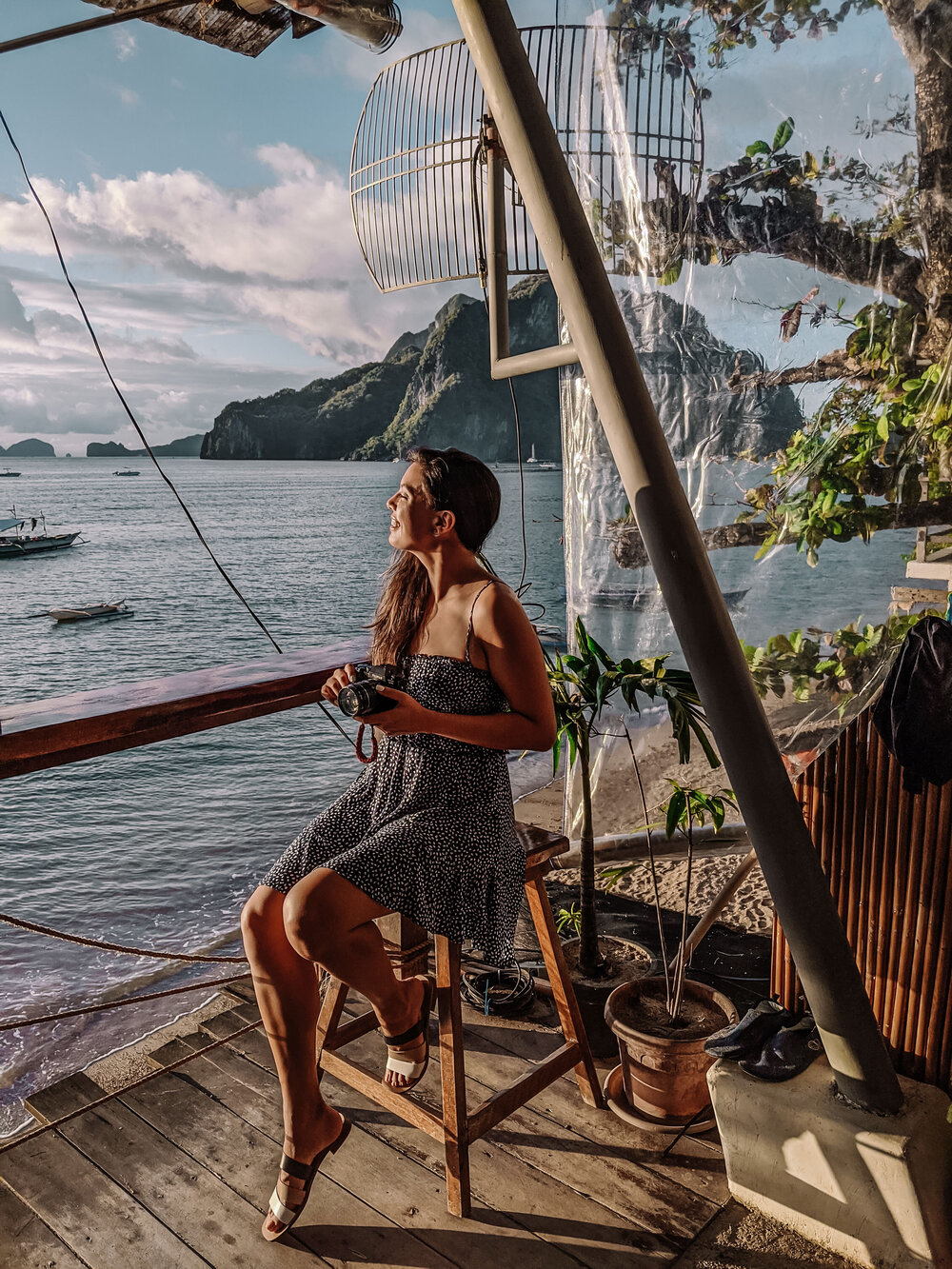
Philippine fashion is generally casual skewing modest. Because of the climate, you can expect that shorts, t-shirts, tank tops, skirts, and sandals are just fine. I would say that if you are planning to visit a beachy destination, like Siargao or Palawan, always bring something with you to cover up before and after the beach, as walking around in a bikini all day is not typically something locals do.
What to pack in the Philippines really also depends on what you plan to do. If you’re planning to spend time in the rainforest or the mountains, you’ll want to bring sturdy hiking shoes, comfortable activewear, and some layers. For beach trips, especially those involving diving or snorkeling, pack lots of swimsuit cover-ups and clothes you don’t mind getting wet or dirty. Lots of snorkeling tours involve getting in and out of the water frequently.
If you’re planning to spend a good amount of time in Manila, you can definitely dress up. But generally, unless you’re going to the Philippines for a big event, you can leave the heels at home.
7. Transportation and Getting Around
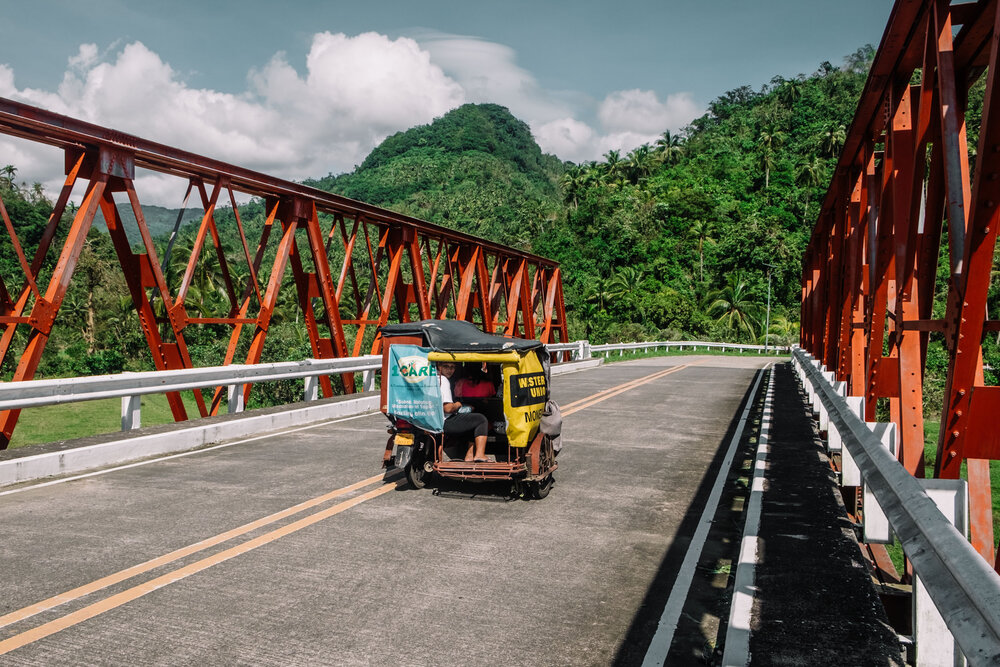
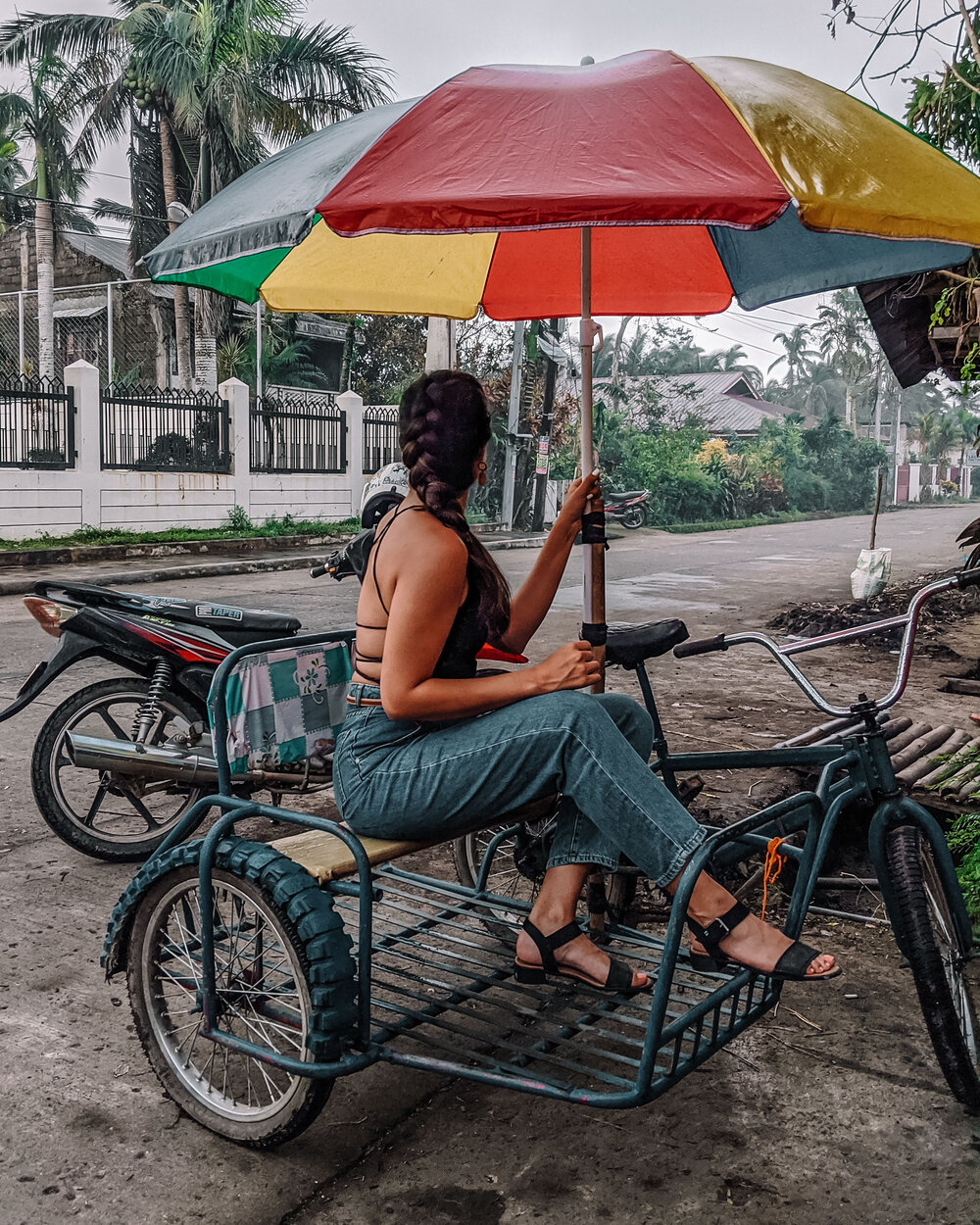
There are a couple different ways to get around in the Philippines:
-
Renting a Car or Motorbike: You can rent a car in the Philippines, but I might suggest avoiding this if you can. Driving in the Philippines is an extreme sport, and in cities like Manila it can be incredibly wild, especially during rush hour. Many rules, like lanes and crosswalks, are taken as ‘optional.’ A motorbike is another alternative, but should only be done if you’re incredibly experienced.
-
Ride-Hailing Apps: Grab is readily available in bigger cities, and is the go-to app in the Philippines for finding a ride.
-
Hiring a Taxi: Taxis are generally cheap and abundant in bigger cities. The only thing to keep in mind is to make sure your driver turns on the meter once your trip starts. If they don’t, you might want to negotiate or get out of the car and find another driver, so you don’t get hassled for more money than the trip is worth.
-
Hiring a Private Driver: You can hire a driver for the day for around P1,600 (plus gas, parking fees, and sometimes even the driver’s food). Some local car rental agencies might be able to help you secure a driver, or, you can ask your accommodation for help.
-
Taking a Jeepney: Jeepneys are a classic Philippine method of public transportation, and the experience is kind of thrilling albeit bizarre for those who’ve never ridden one before. Jeepneys are most common in bigger cities, and typically serve as the main line of transportation for locals living in surrounding towns. Routes for Jeepneys are painted on the outside of the vehicle, and there’s no designated stops. If you need a lift, just flag one down. Jeepney drivers will take as many passengers as will fit onboard (usually 15-20).
-
Taking a Tricycle: Tricycles are the cheapest and most fun method of transportation, in my opinion! They are common everywhere, and typically feature a sidecar that’ll carry four (or however many manage to fit) passengers. To take a tricycle, just flag one down.
-
Taking a Bus: Taking a bus in the Philippines is generally slow, and not ideal, but it’s the reality of how lots of locals get around from day to day. If you’re traveling far by land, a bus might be your only option. The main bus companies are Victory Liner, Philtranco, and Philippine Rabbit.
To get from island to island, you’ll generally need to travel by plane (or less commonly, by ferry). Lots of airlines service the surrounding islands and cities in the Philippines (usually with Manila serving as the connection point), including Philippine Airlines, PAL Express, Cebu Pacific, AirAsia Zest, Seair, and AirSWIFT.
8. Traffic
Traffic is unfortunately a significant part of life in the Philippines, especially in more densely populated areas like Manila. In fact, Manila consistently ranks among the top cities in the world for urban congestion. Expect delays and traffic jams, especially during rush hour, and try to buffer in more time than you think any trip will actually take. Even something at short as a 2-mile taxi ride can end up taking you 20 minutes during the worst parts of the day.
It’s also important to have patience when catching taxis and rideshares. It’s not uncommon for drivers to be scarce, or to even ignore your request if you happen to be going somewhere in the city that’s too challenging to get to during rush hour. It’s definitely happened to me every once in a while!
9. Food and Tipping
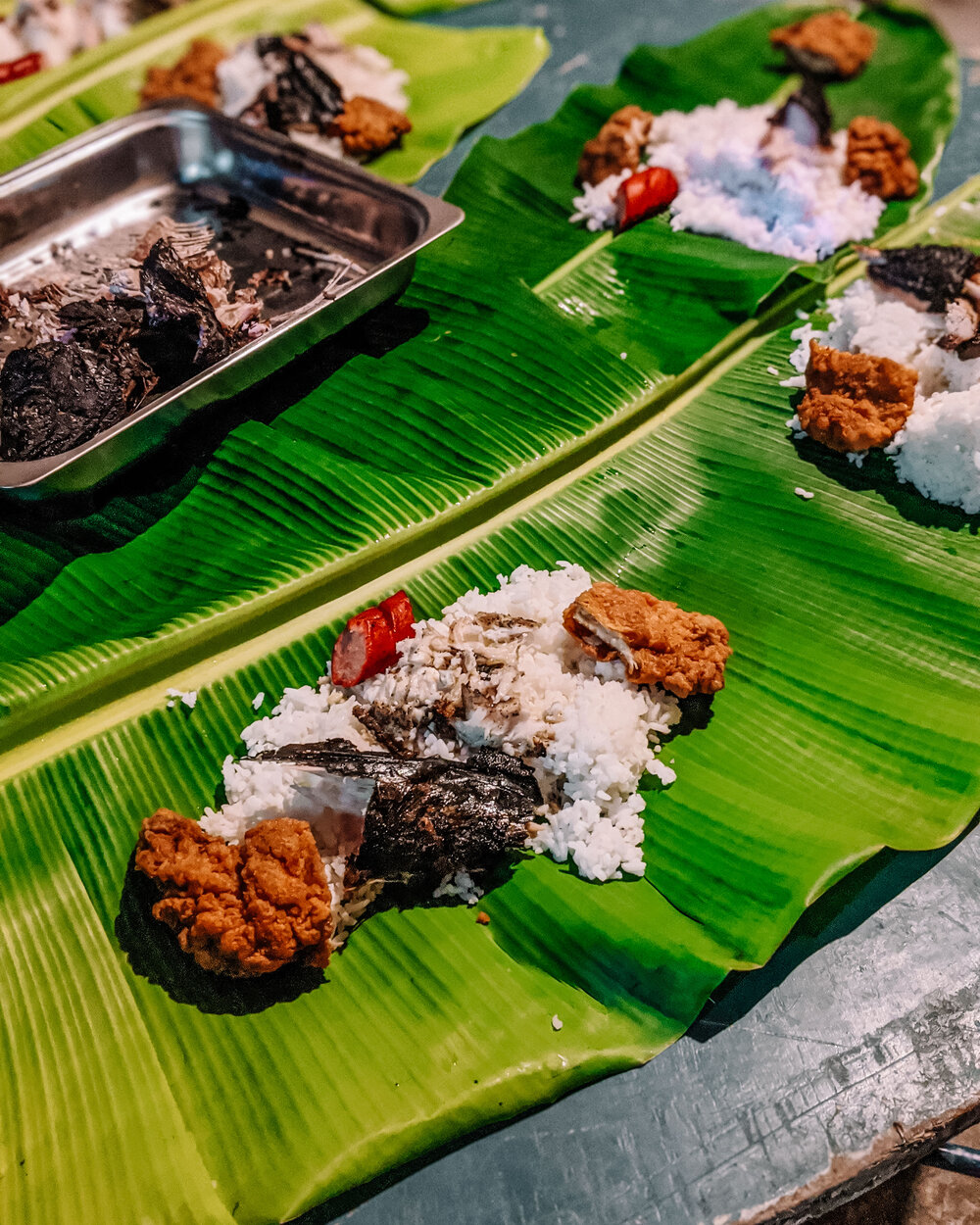
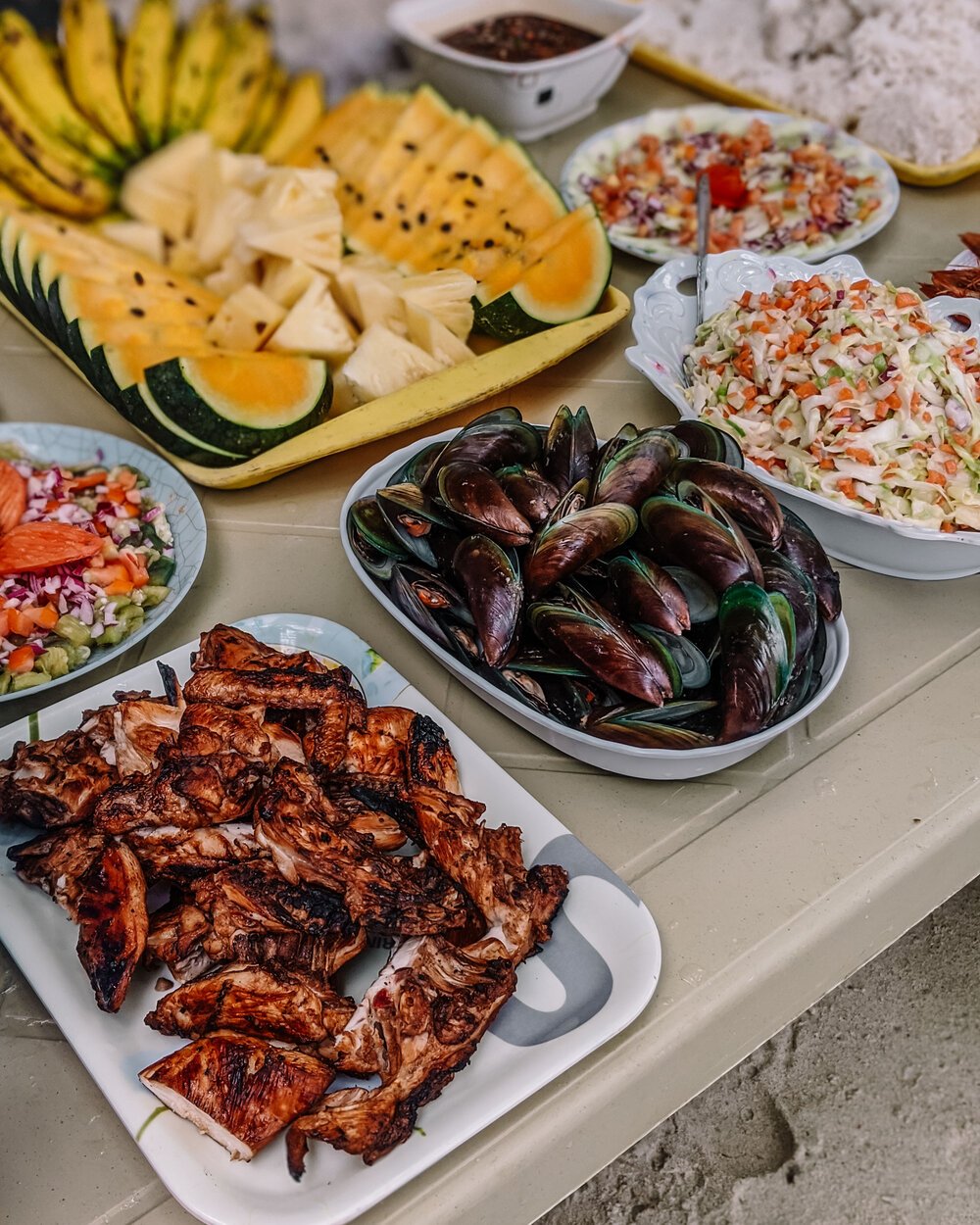
Filipinos love to eat, so you’ll find that dining is truly a cornerstone of Filipino culture. Unlike some other Southeast Asian countries, locals in the Philippines (especially those living in bigger cities) love to go out and have meals at restaurants and at malls just as much as they love gathering to eat at home.
Tipping here is not necessarily an expectation like it is in the US, but it’s not out of the ordinary to tip if you receive good service.
Eating with utensils is common and accessible in the Philippines, but eating with hands is also traditional. This is known as kamayan.
Nearly all meals (outside of westernized meals) are served with rice! Fast food restaurants like Jollibee even have rice down to a science, serving up pre-wrapped portions to customers nearly as quickly as they’re ordered.
10. Bathrooms
Bathrooms in the Philippines are often one of the bigger shocks to first-time visitors. Not all bathrooms in the Philippines are created equal, and you may experience a whole range of scenarios while on your trip.
First and foremost, not all bathrooms in the Philippines have toilet seats, toilet paper, soap, or even a flusher. This is rapidly changing, especially in more urban and tourist-driven areas, but you may still find the occasional bathroom that is lacking the conveniences you might be used to. When it comes to bathrooms without a flusher, you will likely instead be provided a bucket of water that you can use to ‘flush’ when you’re done.
One of the most common ways to try and ensure the best bathroom experience is to look for a pay bathroom (also referred to as a pay lounge or comfort room/CR). For P10 – P50, you can use a ‘premium’ bathroom, and these are usually stocked with more basic amenities than the versions you’ll get for free.
Because of all this, it’s never a bad idea to carry emergency toilet paper and some spare change with you while traveling in the Philippines for those times when you just gotta go!
11. Geography & Places to Visit in the Philippines
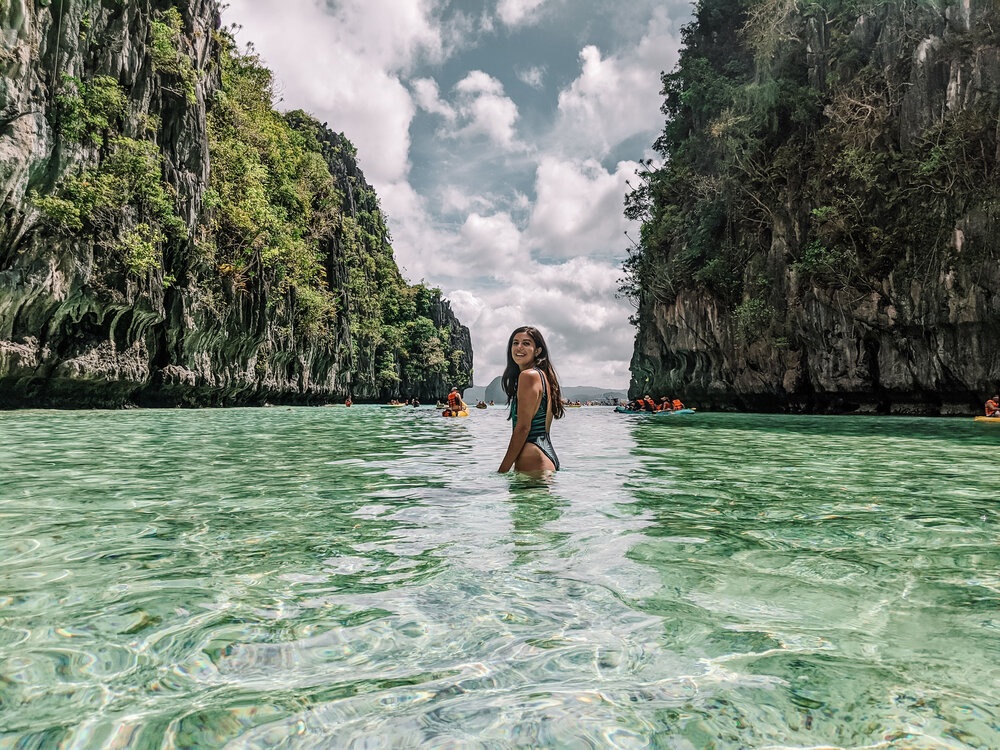
The Philippines spans more than 7,600 islands, so there are without a doubt countless combinations of things you could do on a trip to this country. The Philippines can be divided into three main regions – Luzon in the north (where Manila is located), the Visayas in the middle (the smaller island region), and Mindanao in the south (the second-largest island following Luzon). As a head’s up, Mindanao is generally known to be less safe than the rest of the country, so always check travel advisories before planning your trip abroad.
Not sure where to start? Consider these destinations:
Cities to Visit in the Philippines
-
Manila: The capital city with so much to offer, from giant malls (the Mall of Asia is here!) and museums, to hip restaurants and street markets, to a lively nightlife scene, Manila is a great introduction to the Philippines, as long as you aren’t bothered by traffic.
-
Davao: While Manila is the capital, Davao is the largest city in the Philippines, and offers just as much variety in terms of things to do and attractions to visit.
-
Baguio City: Known as one of the greener cities in the Philippines, Baguio has a lot to offer in terms of parks, pine trees, and outdoor spaces. This is one of the cooler destinations in all of the Philippines, temperature-wise.
-
Cebu: Cebu is a great mix of beach and city, where you can find great urban restaurants and attractions as well as more active adventures, like hiking, waterfall-hopping, and canyoneering.
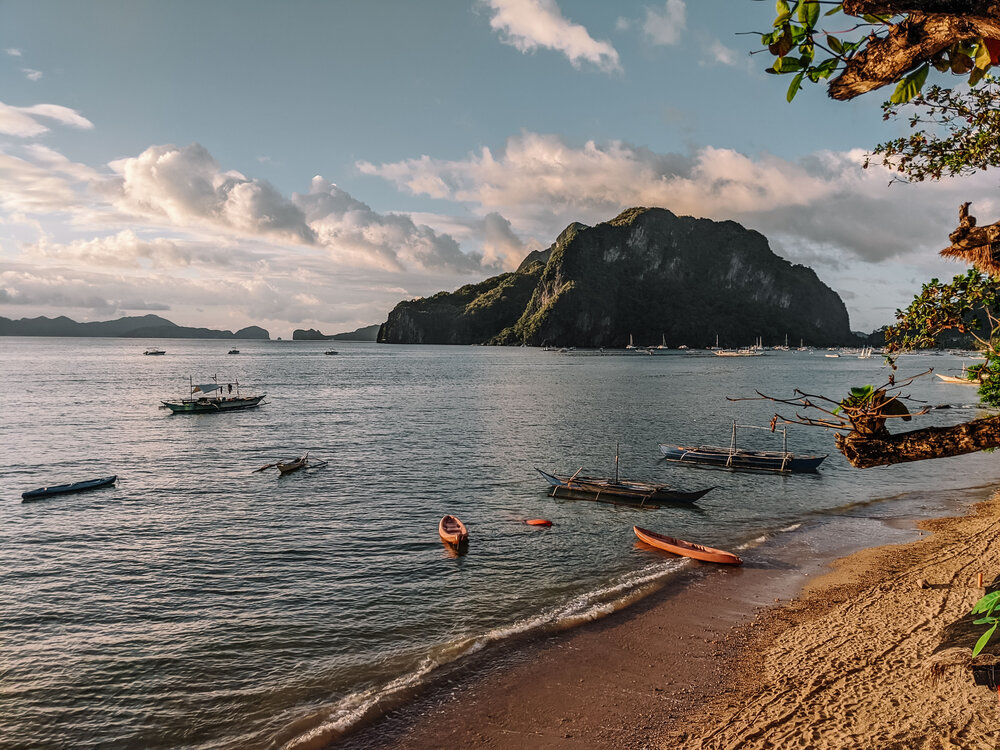
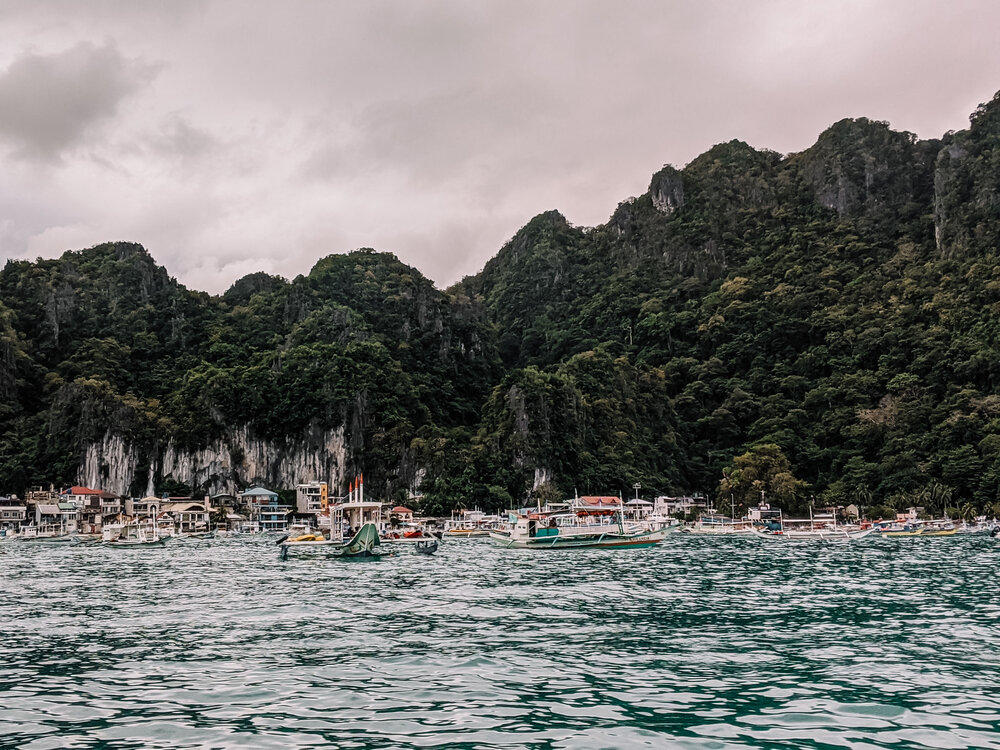
Beaches to Visit in the Philippines
- Bohol: Located in the central Visayas near Cebu, Bohol is an island region best known for its Chocolate Hills.
- Palawan: Palawan is as far west as it gets, and El Nido is one of the most famous beach destinations in the country, known for its pretty beaches, snorkeling, and dramatic limestone cliffs.
- Siargao: In the east, Siargao is a gorgeous island well-loved by surfers and adventurers.
- Boracay: Boracay is a tiny island in the central region of the Philippines that people love for its resort ambiance and relaxing white-sand beaches. In 2018, the island shut down for nearly 6 months for a clean-up operation following rapid growth in tourism. The island is back open for business now, but like with any destination in the Philippines, please do you part when visiting to keep them clean!
12. Pre-Travel Doctor’s Visit
Between one and three months prior to your trip, you’ll want to schedule a consultation with your doctor to determine whether you’ll need any vaccines before visiting the Philippines. This will vary depending on where in the Philippines you’re planning to visit, but generally due to the tropical climate, the country is home to a handful of mosquito-borne diseases you may not encounter at home. In my case, I had to take anti-malarial pills for my time in Palawan.
It’s important to do this several weeks prior to your trip because some medications will be required to schedule in advance, while others will be prescribed to you to take during your trip.
13. Travel Insurance
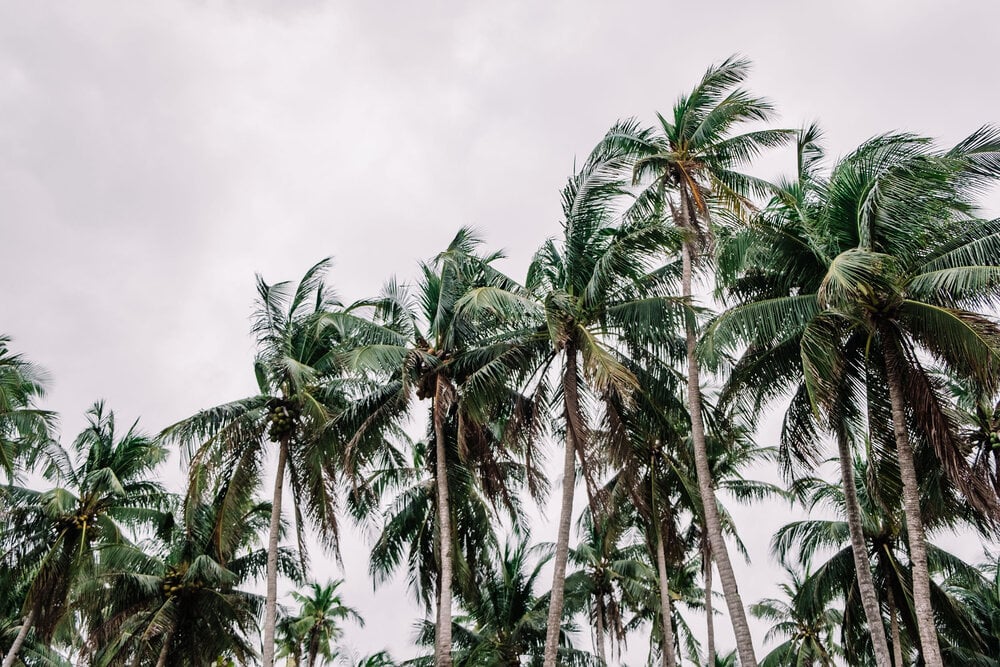
The Philippines is very safe and welcoming, and the people are incredibly friendly. However, I can’t stress travel insurance enough, especially if you plan on renting a vehicle, hiking, surfing, or traveling extensively around the country on planes, ferries, and busses. Some great travel insurance companies you can pick up a policy from before you go include:
I hope these tips help make your first trip to the Philippines as easy, exciting, and memorable as possible. Any questions? Let me know below!
Read This Next:
Like what you see? Pin it for later!
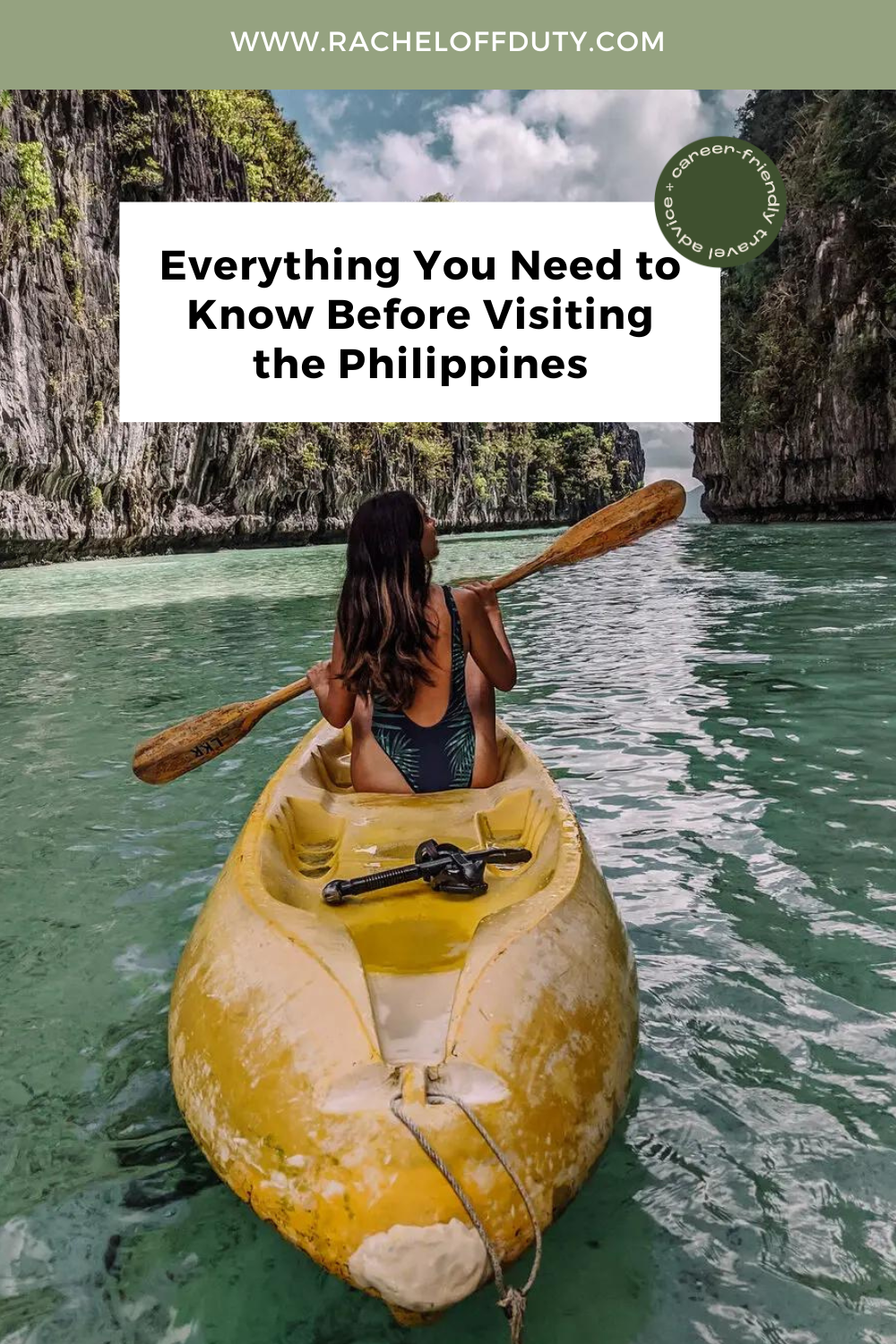
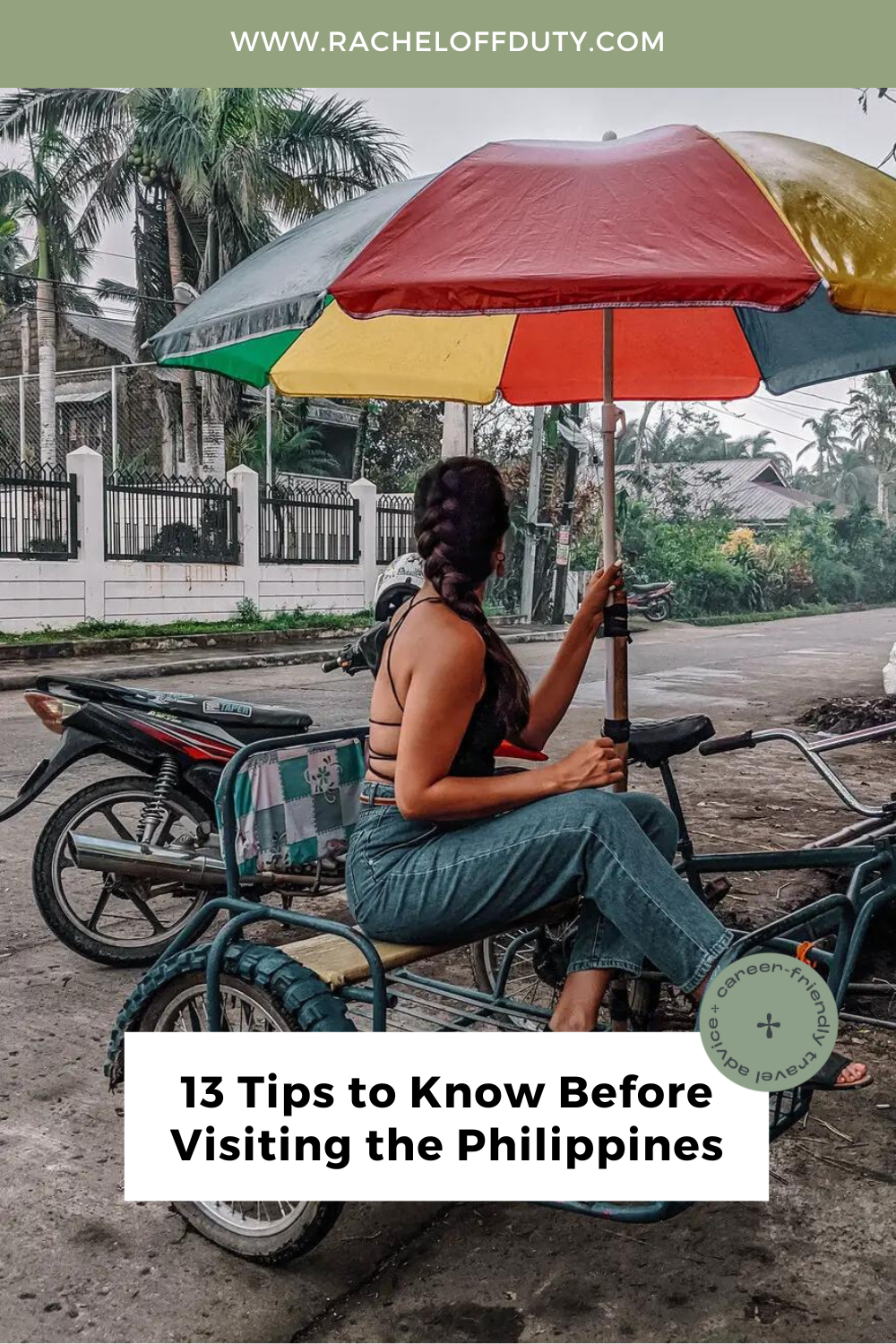

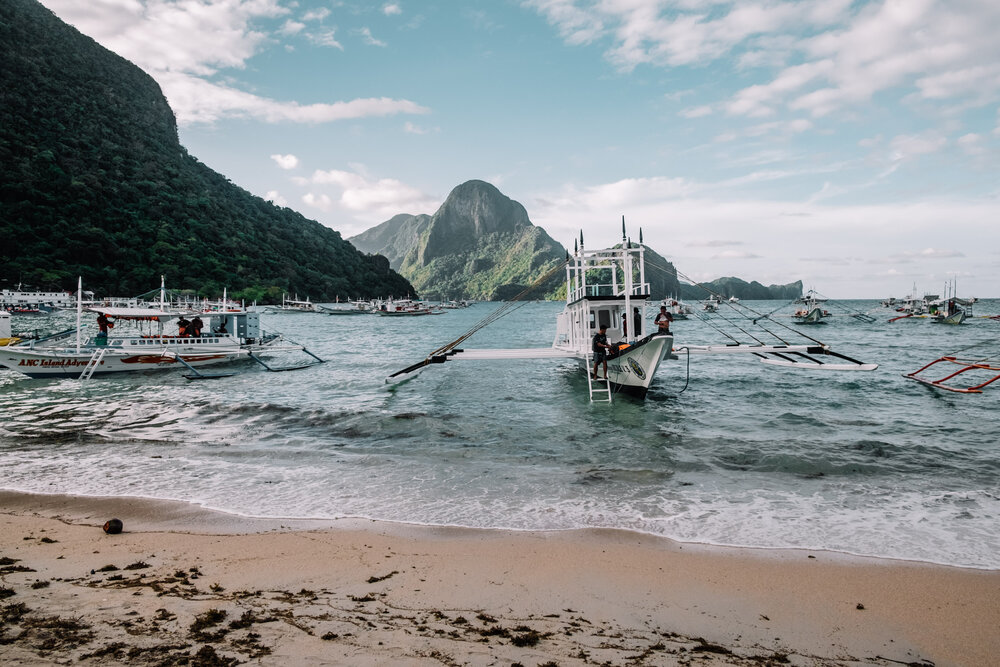

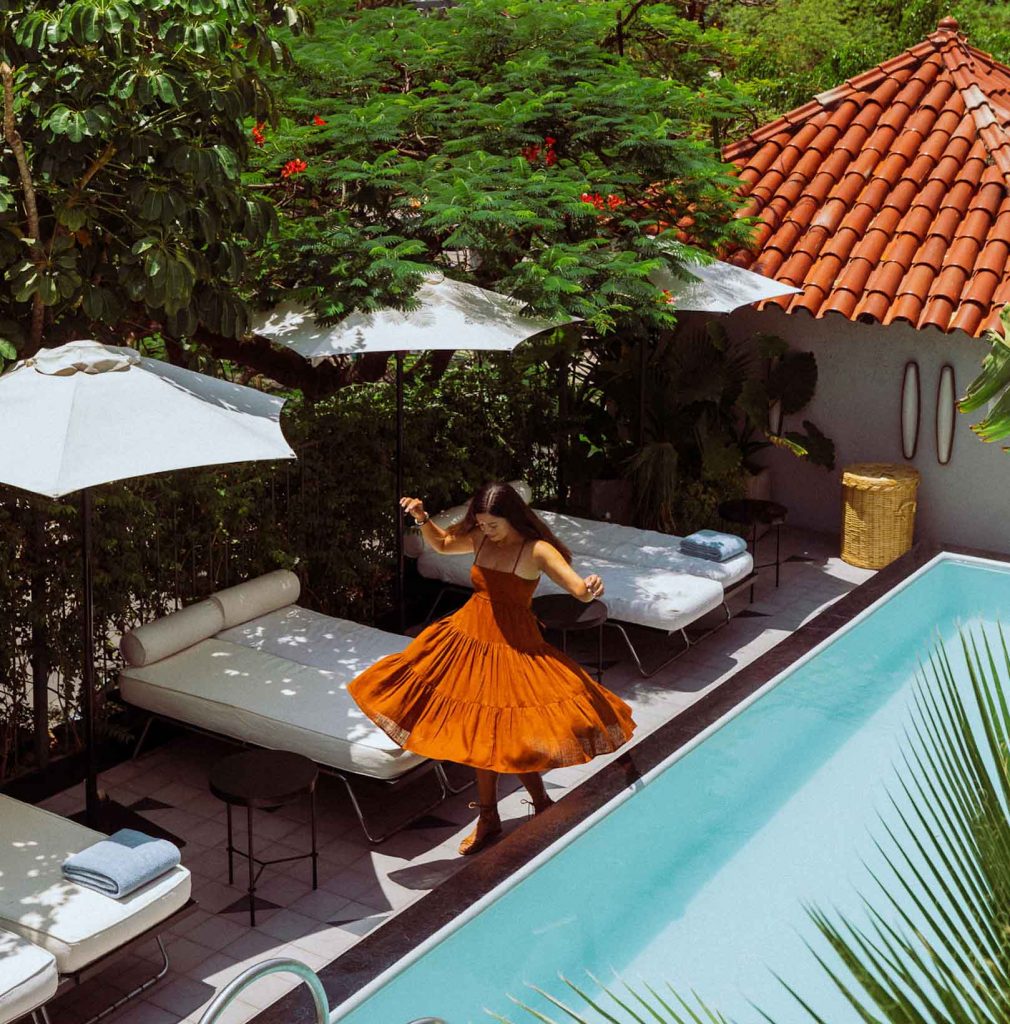

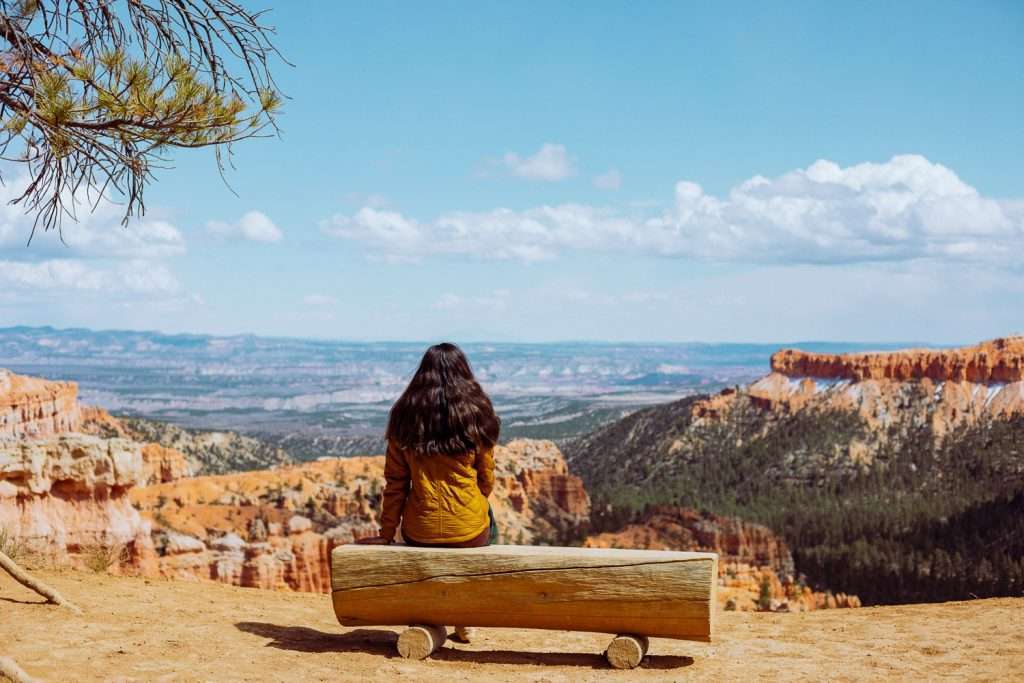
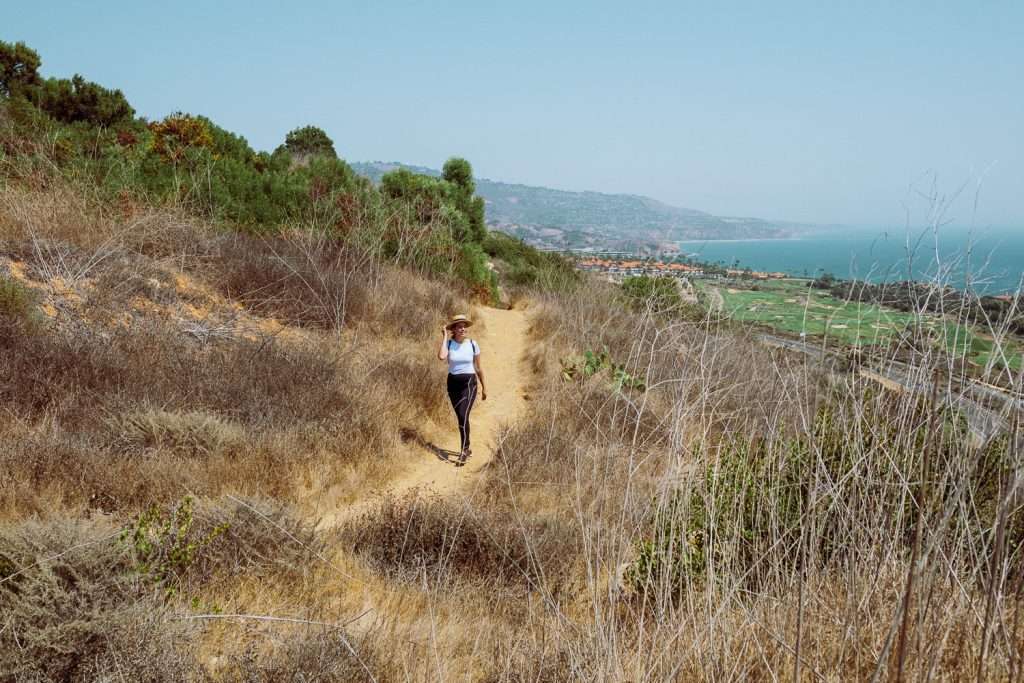
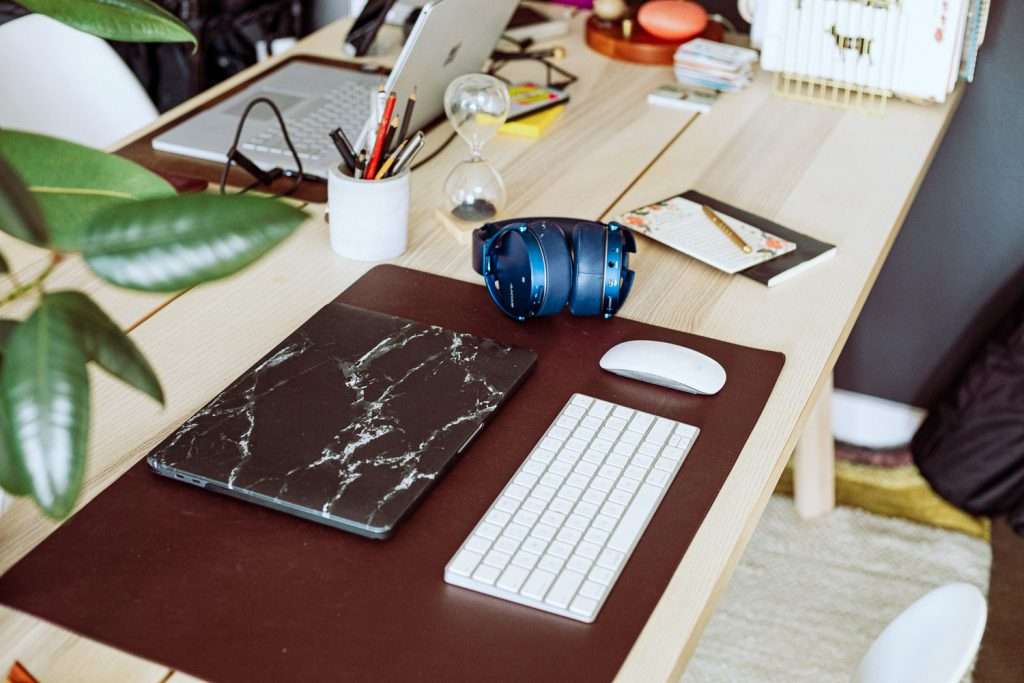



4 Responses
Wow, what a wonderful post! Very useful information, light reading, and stunning photos! The Philippines is on my bucket list so I hope one day to visit it! ♥
Ah I hope you do as well! It’s such a special place to me, and the opportunities to explore are VAST. It’s a huge country with so much to do!
Hi Rachel. Been wanting to visit G.F in philipines we been online line for almost 17 months now. My gf lives in laguna. Was wondering if would need medical insurance over there. Of so how you go about getting it far short term stay.
Hi Michael! I can’t speak to medial insurance needs in pandemic times as requirements for each country might change frequently. It’s probably a good idea to get temporary insurance from an online provider prior to your stay especially if it happens to cover you in the event of covid-related issues. I’ve personally been purchasing insurance more often even when not ‘required’ by the country for this reason! Philippine Airlines and your local health agency should have the most up-to-date info as far as travel requirements. Hope that helps!